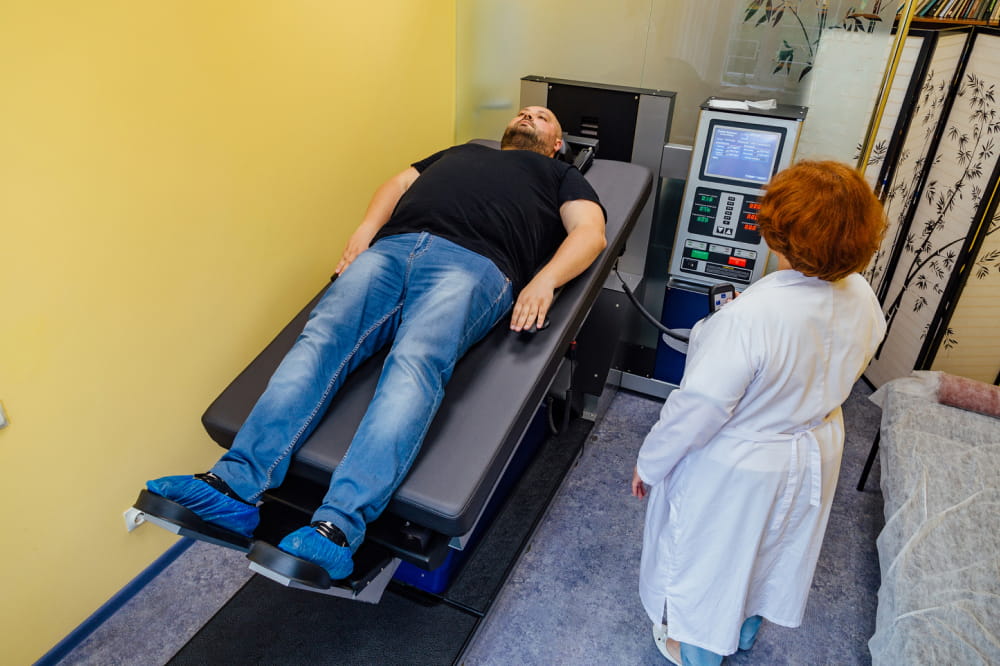
Important factors to know about the HIDA scan
HIDA, or the hepatobiliary iminodiacetic acid scan, is an imaging test that helps diagnose the issues associated with the bile ducts, gallbladder, and liver. It can track the flow of bile from the liver to the small intestine. And the HIDA scan can help detect certain conditions like biliary leaks and atresia, Chronic cholecystitis, Acute cholecystitis (gallbladder inflammation), and Sphincter of Oddi dysfunction. This test is also known as cholescintigraphy and hepatobiliary scintigraphy.
Importance of the procedure
The healthcare expert may recommend a HIDA scan for the following reasons:
- To measure the gallbladder ejection fraction – the pace of the gallbladder in releasing bile
- To understand the liver’s bile-excreting function
- To examine the outcome of a liver transplant
- To follow the bile’s path from the liver to the small intestine
- To learn the reason for pain in the abdomen’s right side
- To comprehend the reason for the skin’s yellowish hue or jaundice
HIDA scan helps with diagnosing the following:
- Bile duct obstruction
- Gallbladder inflammation or Cholecystitis
- Biliary atresia, an inherited or a rare congenital bile duct abnormality
- Operations complications, such as fistulas or bile leaks
Doctors may employ ultrasounds or X-rays with the HIDA scans to confirm the diagnosis.
Procedure
During the HIDA scan, the doctors will follow the following procedure:
- The imaging technician will position a scanner (camera) above your belly, and a radioactive tracer will be introduced into the bloodstream via the arm.
- The tracer is subsequently absorbed by the liver’s bile-producing cells and transported through the bile into the gallbladder.
- From there, it travels through the bile ducts and eventually reaches the small intestine.
- A gamma camera or the nuclear scanner monitors the tracer’s flow from the liver into the small intestine and gallbladder and yields computer images.
Results of HIDA scan
The HIDA scan results may present different information depending on the need for this procedure. Broadly, the report will enlist how the tracer traveled via your biliary system. Doctors will employ the HIDA scan results and run other tests for diagnosis. The test results may include the following:
- The radiotracer freely traveled from your liver into the gallbladder and small intestine, which is normal.
- The slow movement of the radiotracer could indicate potential issues like blockage, obstruction, or impaired liver function.
- If no radiotracer is seen in the gallbladder, it may suggest acute cholecystitis resulting from a blockage.
- An abnormally low gallbladder ejection fraction, below 30% to 35%, might indicate chronic cholecystitis.
- If the scan detects radiotracer outside your biliary system, it could point to a possible biliary (bile duct) leak.
Always remember your healthcare provider will explain the results to you, and you can freely ask them any questions to clear doubts, if any.
Side effects and risks of HIDA scan
There are a few risks associated with HIDA scans. These include:
- Bruising at the site of the IV line
- Allergic reactions to the treatments employed during the scan
- Exposure to radiations
Cost of HIDA scan
The HIDA scan costs anywhere between $575 and $1120. The cost may vary due to various factors.




